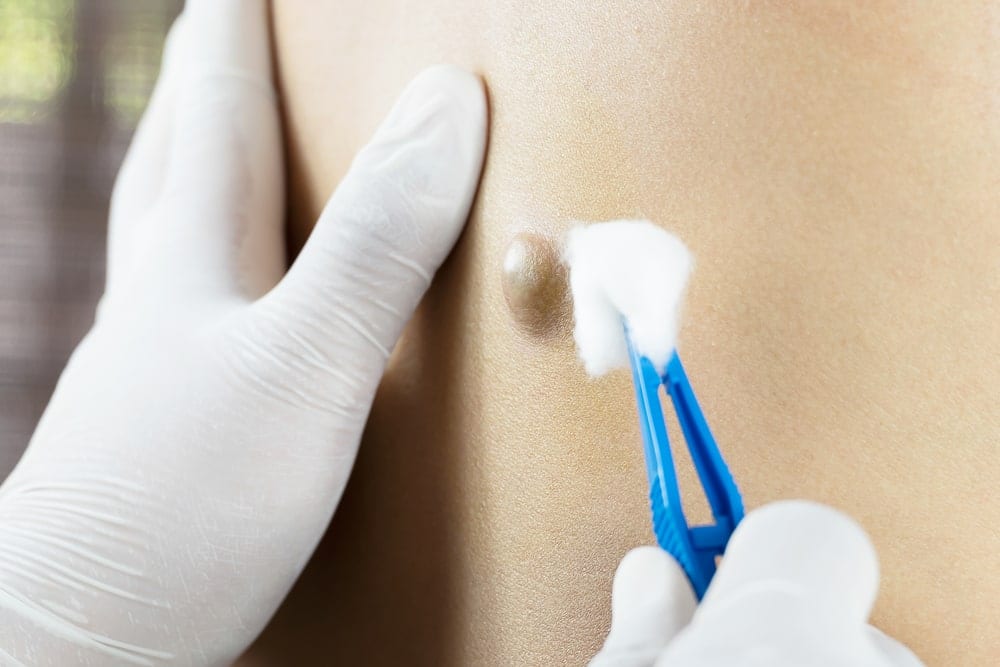Summerlin Cyst Removal
What Is a Cyst?
Fluid, air, or any other material that creates sacs on the body or beneath the skin are called cysts. Cyst removal involves removing the fluid and the sac, together. Patients may be given local anesthesia if they have cysts less than 5 cm in lesser sensitive areas. On the other hand, more complex treatment may be required for deeply embedded or larger cysts.
Dr. Dasari Removals the Following Types of Cysts in Summerlin
Epidermoid (Inclusion) Cyst: Due to keratin building up under a persons’ skin, creamy and white discharge may be noticed in the case of inclusion cysts. This discharge often has a foul smell because it’s a product of dead cells. The size of these cysts can go up to 18 cm. On being infected, these cysts turn red and become extremely painful. Epidermoid cysts are usually noticed on the arms, legs, neck, back, and face of a patient.
Sebaceous Cyst: An oily liquid called sebum is secreted by follicles of the hair – pores are formed due to the inward growth of such follicles. This leads to multiple problems on the scalp, face, back, and armpits. Surgery is required if you notice these cysts growing larger or becoming infected.
Pilonidal Cyst: Witnessed primarily around the upper gluteal cleft, pilonidal cysts can cause recurrent infections. They can begin during a person’s teenage years and last during adulthood. The major cause of these cysts is inward grown hair. To get rid of pain and infections, hair and cyst wall removal is needed. To cover and heal the wound, a skin flap may be required for protection.
Breast Cyst: Cysts observed in the breast have to be dealt with the utmost care. There are chances these cysts may be malignant. Ultrasound or MRI is used in diagnosis of smaller cysts. On the contrary, larger cysts are examined by pathology departments. A detailed check and analysis are required for these cysts so they do not become cancerous.
Ganglion Cyst: Fluid-filled sacs seen near ankles, feet, joints of hands, wrist, elbows, knees, and hands are often called a ganglion cyst. A hit or pressure exerted might result in the creation of such cysts. In the majority, such cases require surgeries under local anesthesia. The patients’ affected area is numbed and later, a small cut is made to pull the cyst out by a surgeon. This might leave a scar whose size depends on the size of the cyst.
Summerlin Cyst Removal Surgeon Dr. Chanu Dasari
Dr. Dasari is a Summerlin cyst doctor who has performed thousands of cyst removal procedures. He is affiliated with Summerlin Hospital to provide the best in inpatient and outpatient surgical care near you.








